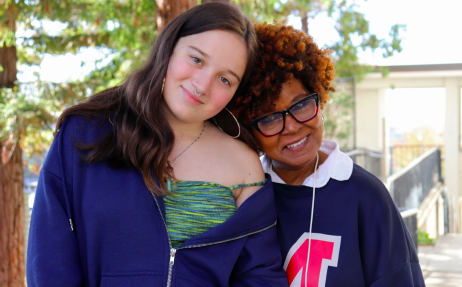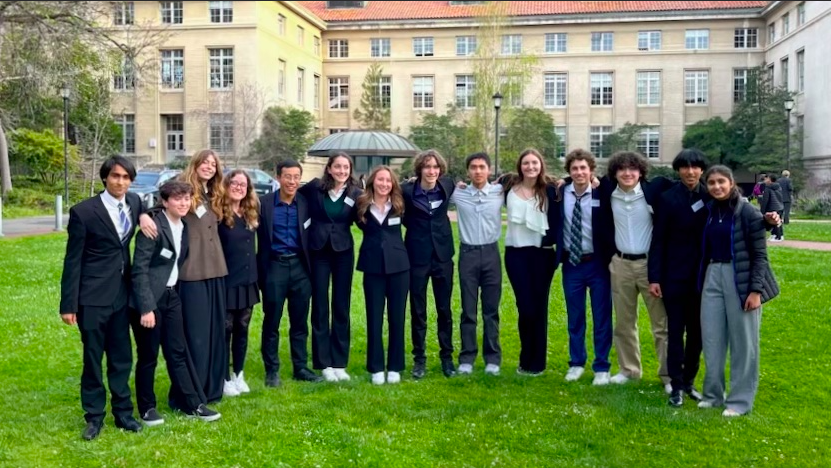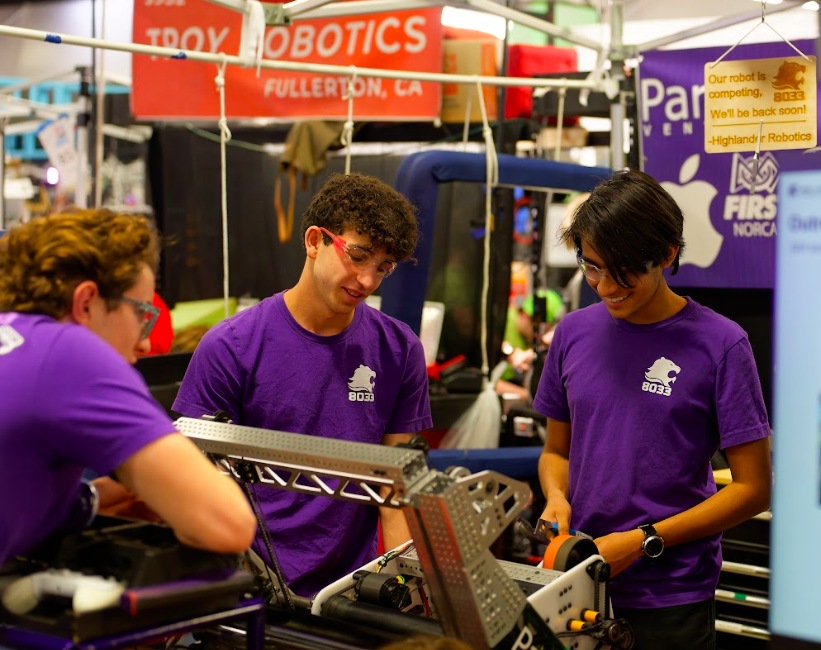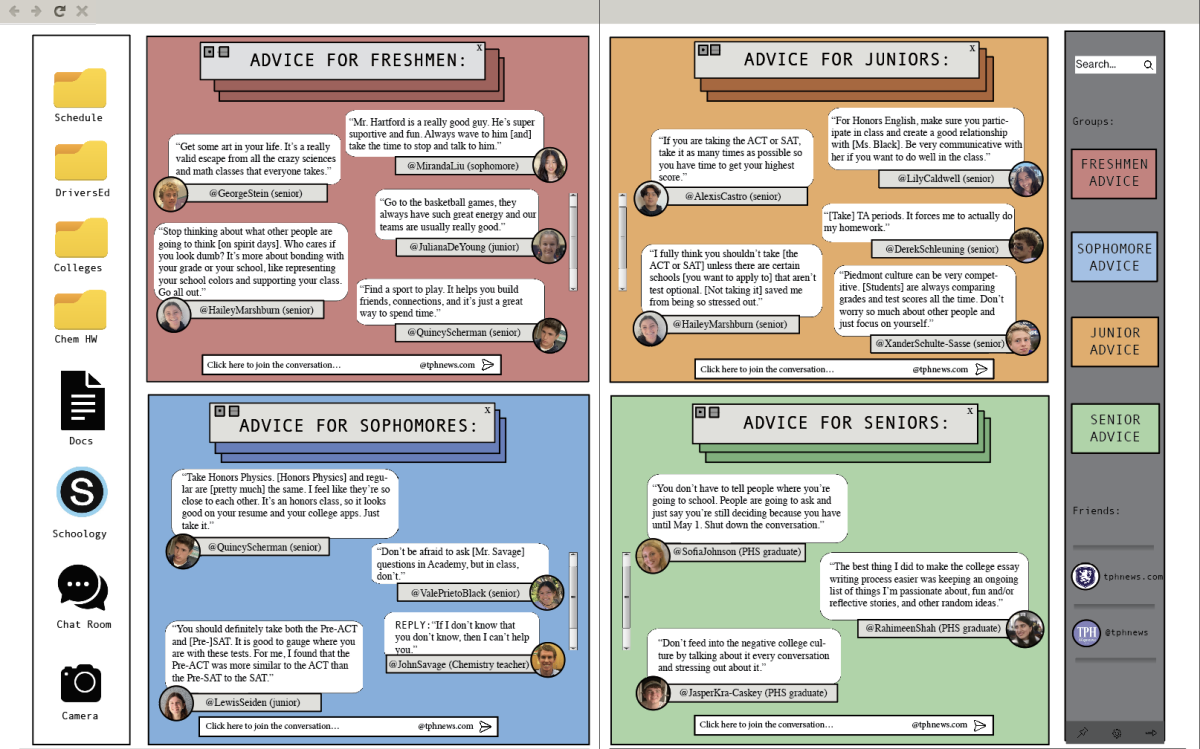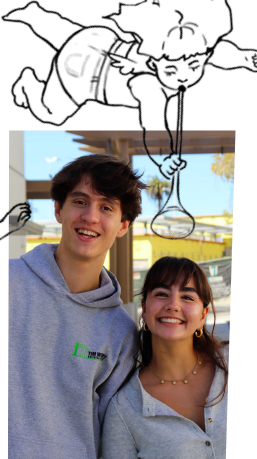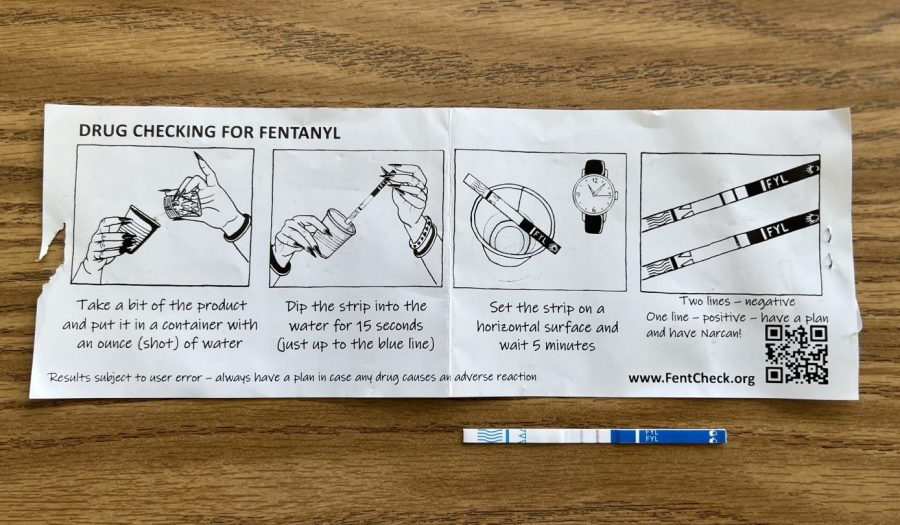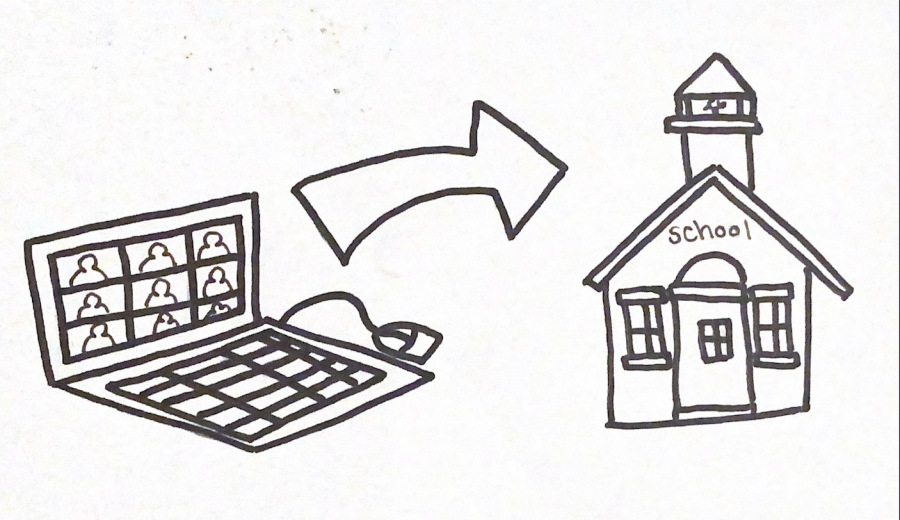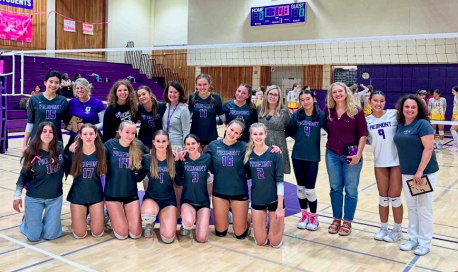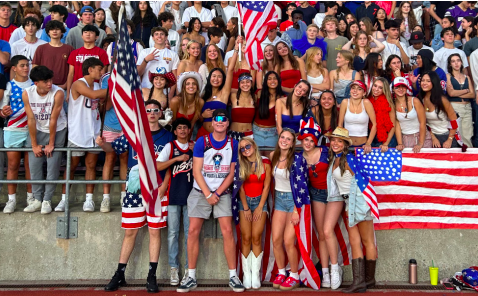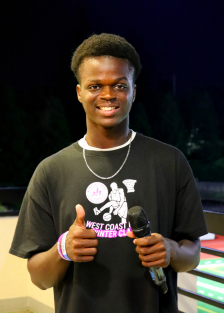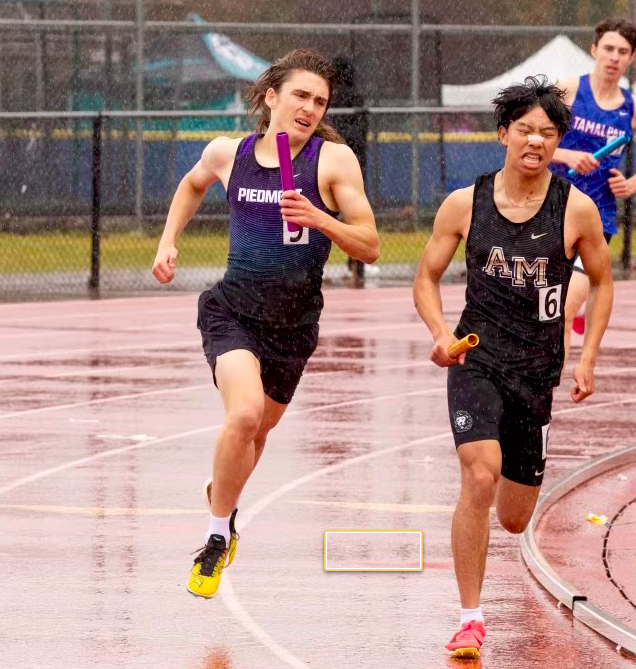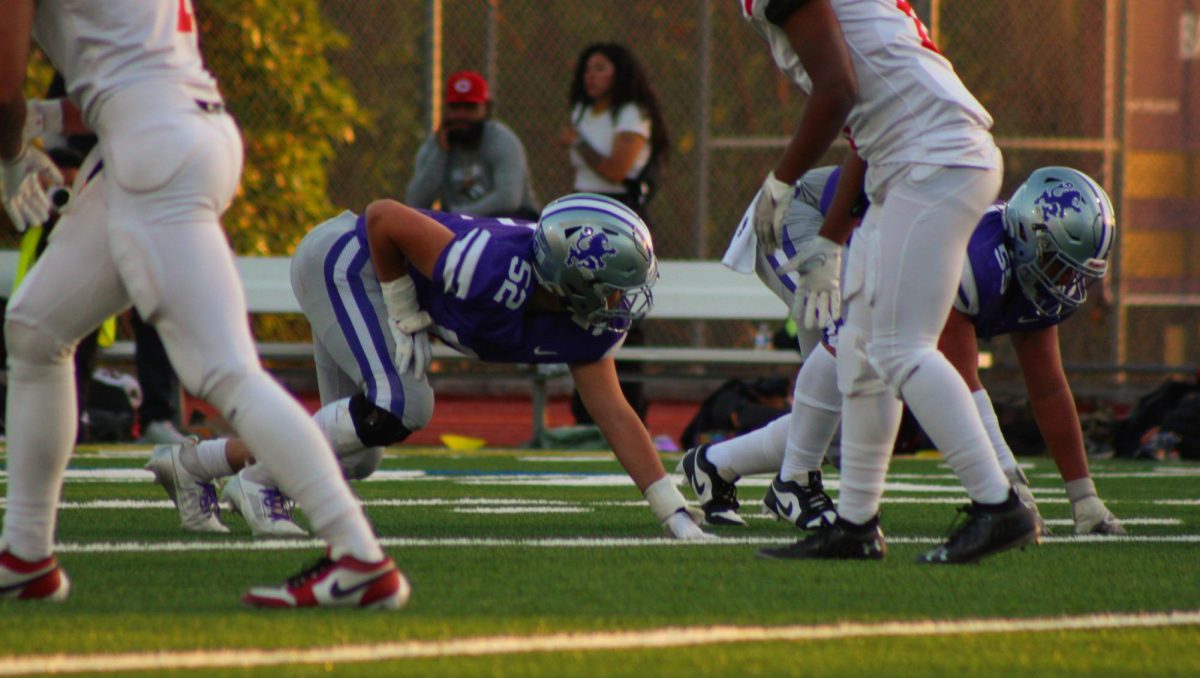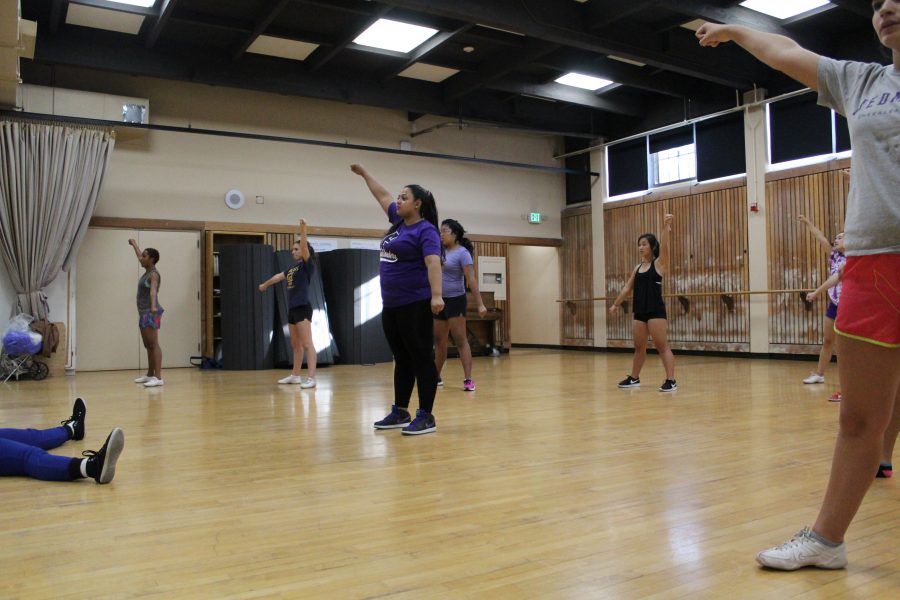She clenches her teeth and tightens her muscles, preparing for her upcoming stunt. The roar of the crowd sounds like a whisper as she tightens her focus. The thumping of her heart is the only thing she can hear as she forces her eyes into a squint. She feels a powerful push from underneath, and suddenly she is soaring in the air. Just a moment after, she finds herself caught in the arms of her teammates. As the crowd cheers on, she smiles brightly, satisfied with the outcome of her stunt.
For PHS cheerleaders, this moment is no longer possible. The athletic department and administration prohibited the cheerleading team from performing stunts after a cheerleader sustained a concussion early last year.
Around Homecoming, veteran cheerleader senior Emily Cohen experienced a concussion from stunting during practice. While working on a stunt, one of the girls fell and landed on Cohen’s head. The team attempted the stunt again, but once more, the result was the same. Cohen said she left practice early with a headache to take the concussion test. The results showed that she did have one.
Cohen said her concussion prevented her from cheerleading for about two months and affected her ability to participate in schoolwork.
“It made it really hard to focus,” Cohen said. “I missed a lot of class because I didn’t feel well and because I couldn’t do work.”
She said a few weeks after she received her concussion, the athletic department decided to eliminate stunting because if it could not be done safely, it should not be done at all.
“They decided that instead of working on making [stunting] safer, they wanted to just get rid of it because they didn’t want to risk another injury,” Cohen said.
Cohen said she believes the problem was not her receiving the concussion, but how the situation was handled that caused stunting to be removed.
“It should have been done on mats and with appropriate spotting, and it wasn’t,” Cohen said. “If it had been handled well and if our school had the resources to do [stunting] in a safer environment, I don’t think it would be a problem.”
Head coach Alicia Elliot said there were some debates among parents and authorities in the school over the safety of stunting. She said that although stunting was fun for the team, it was best that it was removed from the program.
“It was a big blow for the girls because it’s something they enjoyed, but it’s not something they were proficient in,” Elliot said. “It wasn’t a strong suit.”
If the squad was competitive and on a higher level, prohibiting stunting would have been a huge loss to the team, she said.
“Because they’re not a competing team, this is what it is now,” Elliot said. “It’s what we have to work with.”
Co-Athletic Director Jeff Peters said the school and athletic department recognize that having a cheer team is important to the high school sports experience. He said the team is still able to perform at a high level and make a valuable contribution without stunting.
“By eliminating stunting, we have focused on their overall safety but have not diminished their importance as a group,” Peters said.
Elliot said removing stunting is beneficial in some ways because it allows the team more time to focus on other aspects of cheer. She said since they only practice twice a week, time is very valuable.
“We have more time to work on the cheers and get the cheers better, and we have more time to work on the dance,” Elliot said.
Cheerleading dance captain senior Ailey Simpson said she wishes she could still stunt, but at the same time is excited to be able to dedicate more time to dancing.
“I think we’re going to be at a higher level in [dancing], which I think will be a really good thing,” Simpson said.
Captain junior Tia Ikemoto said she was disappointed at first, but understands the school’s decision and does not think it was a bad idea.
“I realized it’s probably better to have a few skills to work on rather than trying to do all of [it].” Ikemoto said. “We can still do tiny, tiny [stunts], but nothing more than that, nothing more than shoulder level.”
Cohen also said she understands why the school decided to eliminate stunting due to the dangers and possibility of injury.
“I think it was a good decision that had to be made,” Cohen said. “[The school] thought that it made more sense to eliminate the risk [rather than taking the] time and effort to make sure they had someone there who was qualified to be teaching stunting.”
Cohen said after having gone through a concussion, she would not want it to happen to anyone else. She said she thinks the team is safer now, but at the same time, stunting is a huge element of cheerleading.
“It’s sort of like a tradeoff,” Cohen said.
The team has set new focuses for cheerleading this year. They are working on ways to make their routines enjoyable to watch despite not being able to stunt.
“We decided we’d work more on the dancing, and we decided we’d be a lot stronger and work on flexibility,” Simpson said.
Ikemoto said the team has become more resourceful and is experimenting with different elements of cheer.
“We try to do things like kick lines, where everyone in the line is kicking, and just more interesting things than necessarily just stunts,” Ikemoto said.
Elliot said the team is working more on the cheers and the dances and making the best of what they have to work with.
“[Stunting] might be something that reenters the program in the future, but for now, we’ve got some other things to accomplish to build the team back up again,” Elliot said.

